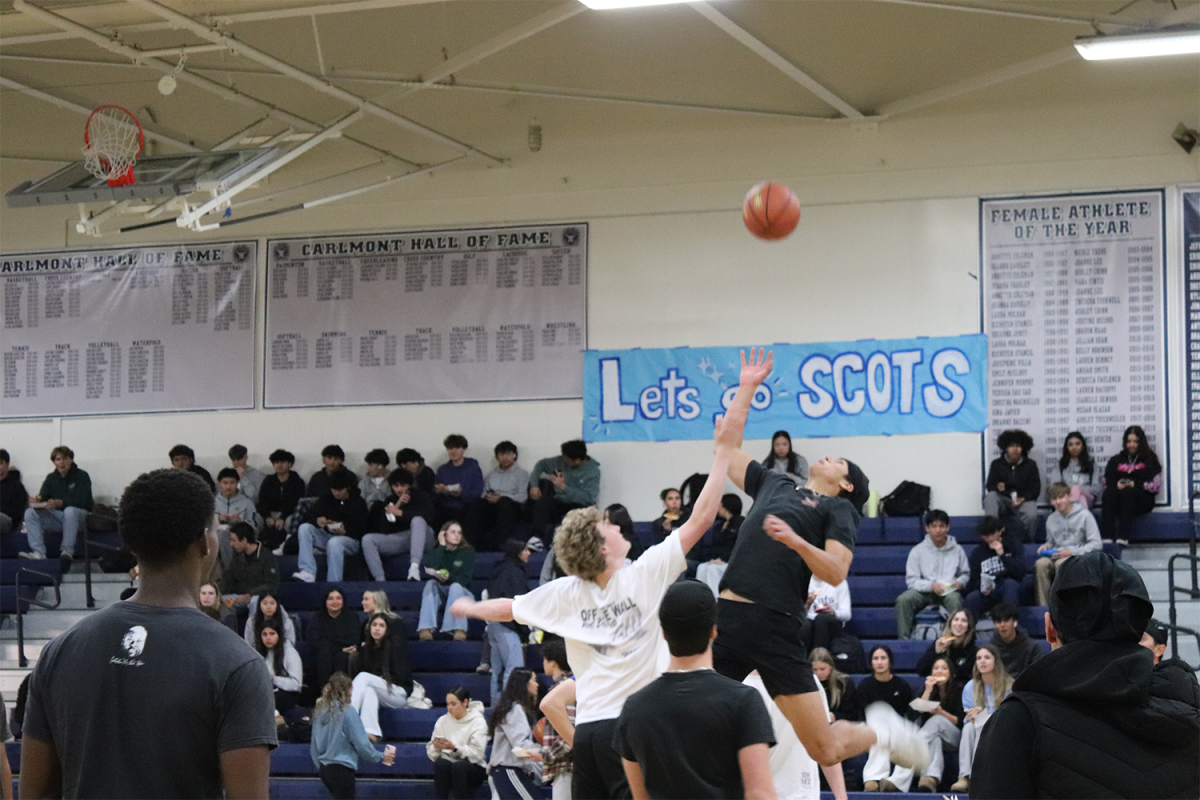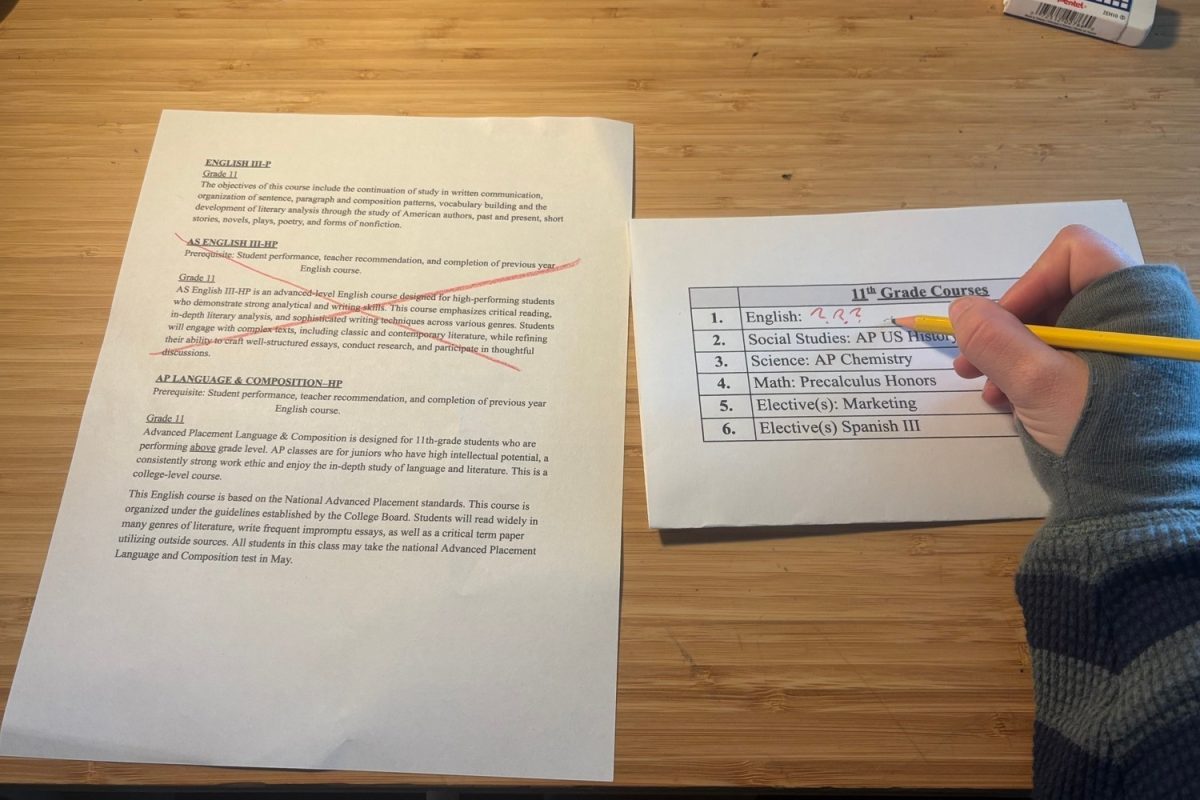A young middle school student gazes intently, unaware they have yet to stray their eyes from the stage nor move for nearly an hour. They had unwillingly come to the performance as required for music class but were now completely enamored by the professional nature of the ensemble and immersed in rich, harmonious music. The student would then aspire to be among such an elite group, continuing their musical career into high school and onwards, creating an everlasting bond with the musical arts.
While such a romantic story could easily pass for a Hollywood movie script, it quite accurately describes the role of Carlmont’s music students upon young musicians.
“As a former middle school teacher, I can guarantee that middle school students look up to the high school musicians,” said Jordan Webster, a music teacher at Carlmont. “The best predictor of whether a middle school musician will continue in high school is if they have someone who encourages them to join Carlmont music.”
Until recently, Webster taught music at Ralston Middle School, where students often take defining steps in their music education. Many students find a passion or liking to school music ensembles early in middle school, as most begin to learn music at the end of elementary school.
“Many kids tell me that coming to their music class is the best part of their day,” Webster said. “It’s so different from their other classes, and it’s a space where they can do something incredibly collaborative and artistic.”
School music programs for many students are opportunities to escape from strenuous academics, which start to dramatically intensify starting in middle school. Additionally, music can become a newfound passion for young students. Realizing a natural affinity and potential in music is where high school musicians enter as important influences.
“Music Mentors provides a great opportunity of guided practice and playing time to beginning musicians,” said Alan Sarver, a director and founder of Music Mentors. “Being able to have role models who are more fun to work with than some boring adult gives these children the inspiration to be like their mentors.”
These older students appeal to beginners as great role models because their accomplishments as young adults prove to new musicians that they also have the potential to reach great heights. By having a closer connection to a mentor and learning, new musicians also develop a stronger bond and love with music.
“Seeing the great things that could possibly be achieved in the future is a great motivating factor,” said Paul Zhou, a sophomore violinist in the Carlmont Symphony Orchestra. “I’m not sure if I would be playing violin today if it weren’t for my participation in Peninsula Youth Symphony (PYO) or school orchestras.”
For years, top student musicians at Carlmont have provided an inspirational model for their future successors, and never has this relationship been more pronounced. Amidst the COVID-19 pandemic, guidelines for instrumental music social distancing and virtual learning have greatly hindered the music programs across all grade levels.
“I worry for younger musicians in middle or elementary school because many of them don’t have the same connection to music that older high school students do,” said Camille Ansel, a junior clarinetist in Carlmont Symphonic Band and PYO.
Virtual school for middle and elementary school music programs has essentially halted any development for new musicians. Without a physical teacher to ensure correct technique and playing, early stages of music focusing on basic skills are especially difficult.
Along with these circumstances, musicians cannot experience playing in an ensemble with distance learning, a struggle that has impacted advanced high school musicians as well.
“Many music groups have been set back what feels like a few years, but the groups not being as sharp as before COVID is no surprise,” Ansel said. “The two grade levels of older musicians graduating during the pandemic has definitely had a negative impact on the music groups as a whole.”
While the school music programs now lack two years of ensemble experience and an effective teaching environment, some benefits come along with virtual music education.
“It is true that mentors only get a glimpse of the students’ music but cannot exactly model technique or breathing for them,” Sarver said. “However, Zoom also provides better accessibility for scheduling and has allowed us to offer to mentor to middle school students and gives an adult responsibility for the mentors.”
As the pandemic has greatly hindered musical education, it has likewise highlighted the need for high school musicians to promote music for the next generation. Carlmont musicians maintaining the inspiring image for new aspiring musicians is critical for the passion and improvement of both novice and veteran music students.
“Current musicians in the programs are the best ambassadors for the next generation,” Webster said. “Whether they are a music mentor working with a fourth or fifth grader, or performing at a concert for middle schoolers, their impact is profound and essential.”












